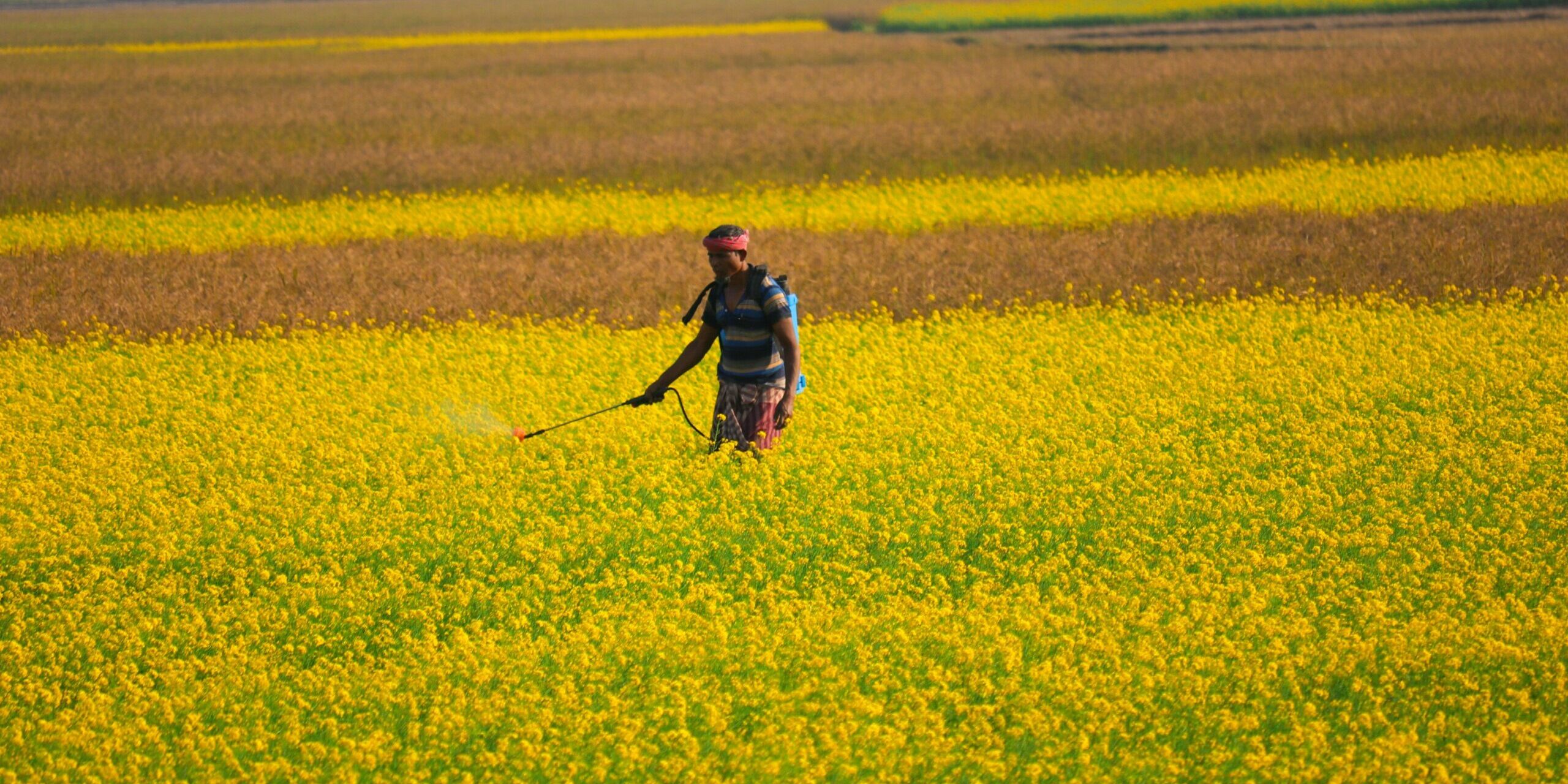As the eagerly awaited Chinese New Year, the Year of the Dragon, approaches, the Chinese believe it heralds a year of profound change and abundant opportunities. For those involved in crop protection, 2024 could signify the beginning of a new era after a tumultuous 2023 marked by overcapacity and a collapse in prices in China’s pesticide industry. Global supply chain teams now grapple with the critical question of restructuring their strategies for the Chinese market.
The overseas crop protection companies’ supply chain framework comprises three key components: market dimension, enterprise dimension, and supply dimension. Navigating these dimensions is crucial for optimizing efficiency and adapting to the dynamic landscape of the Chinese pesticide market. Factors such as standardized corporate processes, accurate sales demand forecasting, and category management of raw materials play pivotal roles in this strategic realignment.
The shift from high inventory to de-inventory in the crop protection market from 2022 to 2023 underscores the growing importance of goods’ availability in supply chain strategies. In response, crop protection companies are focusing on destocking strategies to accelerate the turnover cycle of the supply chain. Decentralizing long-term purchase orders into smaller batches is a common approach, addressing low pesticide prices and market uncertainties while reducing overall supply chain costs.
Managing uncertainties in the supply chain becomes imperative. Improving sales forecast accuracy and closely monitoring changes in the Chinese market are key steps. The intensifying competition between traditional and new suppliers in China necessitates the reshuffling of supply chain resources for sustainable advantages. The recent spike in global shipping costs, coupled with an increased focus on strengthening China supply chain teams, further highlights the evolving dynamics.
In 2024, global demand is anticipated to surge in the third to fourth quarters. Evaluating the timing of purchases becomes crucial as Chinese manufacturers adjust operation rates, impacting raw material prices. While an initial increase in supply prices is expected, the market will eventually return to a balanced range. Timely supply and procurement cost savings become a pivotal trade-off for crop protection companies navigating this landscape.
The European market, triggered by the Red Sea crisis, is poised for an early demand surge, while North America anticipates more optimistic demand post-recovery. South American and Asian demand is expected to unfold smoothly. The cost-saving advantages of Chinese pesticides, coupled with the release of near-off patented AIs in 2025-2026, further solidify China’s role in global agriculture.
In the long term, the adjustment and transformation of the global crop protection companies’ layout in China’s supply chain are inevitable. As the industry braces for the opportunities and challenges of 2024, strategic shifts in supply chain dynamics will shape the future of the pesticide market in China.







